Researchers from the Queensland University of Technology have made a remarkable breakthrough with the development of an electrochemical process in which carbon dioxide is captured from the air and stored in water as a non-toxic calcium carbonate (chalk) in a renewably powered process that could also produce green hydrogen and decarbonise the cement industry.
PhD researcher Olawale Oloye and Professor Anthony O’Mullane from the QUT Centre for Clean Energy Technologies and Practices developed the process of capturing and converting carbon dioxide through a mineralization approach that seems to produce a host of serendipitous by-products.
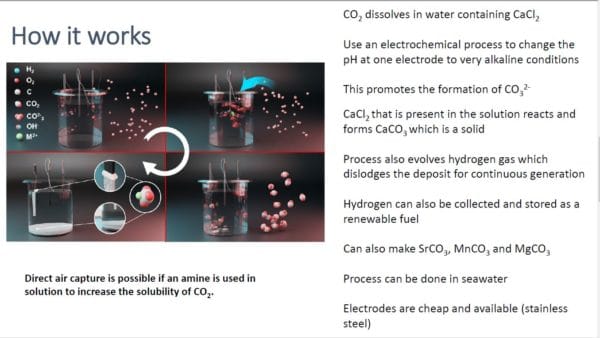
According to O’Mullane, the “process involves the capture of CO2 by its reaction with an alkaline solution produced on demand, to form solid carbonate products which can be used, for example, as construction materials, thereby keeping carbon dioxide out of the atmosphere. This can be done using a simple calcium source in water.”
It is also important to note that the QUT researchers used seawater instead of potable water as potable water is too precious a resource for large-scale carbon capture, especially in Australia. “We found we could use seawater once it had been treated to remove sulphates. To do this we first precipitated calcium sulphate or gypsum, another building material, and then carried out the same process to successfully turn CO2 into calcium carbonate, thus providing proof of concept of a circular carbon economy.”
“Next,” continues O’Mullane, ” the hydrogen evolution reaction during electrolysis ensured that the electrode was continually renewed to keep the electrochemical reaction going while also generating another valuable product, green hydrogen.This means if this electrolysis process is powered by renewable electricity, we are producing green hydrogen alongside the calcium carbonate (CaCO3).”
This is to say, not only does the process capture and store carbon dioxide from the atmosphere, but it also generates a green fuel source capable of decarbonising pesky industrial sectors like heavy-transport, manufacturing, and indeed the entire energy sector of export partners like Japan.
Indeed, O’Mullane said the use of renewable energy to capture CO2 and create calcium carbonate may be of use in the cement industry, which is one of the peskier industries to decarbonise, and an industry that is only going to continue in rapid growth as urbanisation increases over the course of the century.
“We envision this technology would benefit emission-intensive industries such as the cement industry whose CO2 footprint is 7-10% of anthropogenic CO2 emissions…“By coupling the mineralization process to produce CaCO3 from the emitted CO2 during the clinking step we could create a closed loop system and reduce a significant percentage of the CO2 involved in cement production.”
“Electrochemical Capture and Storage of CO2 as Calcium Carbonate” can be read here and was published in the journal ChemSusChem.
This content is protected by copyright and may not be reused. If you want to cooperate with us and would like to reuse some of our content, please contact: editors@pv-magazine.com.
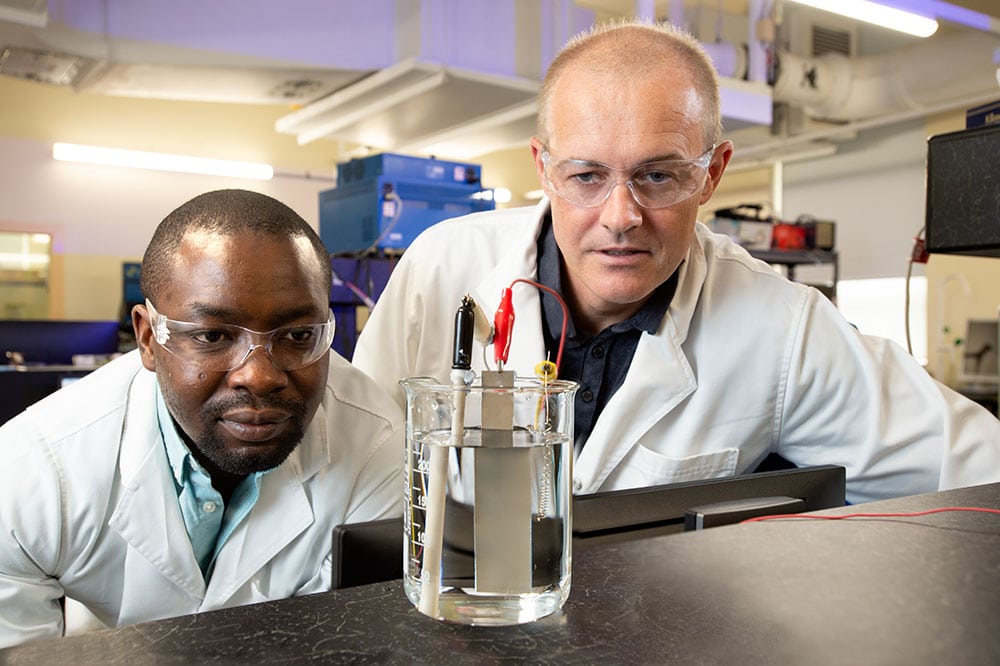




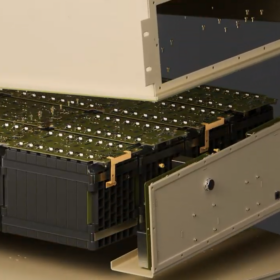
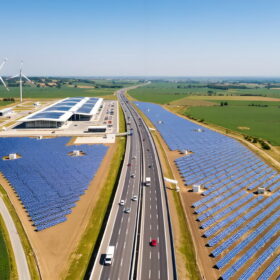
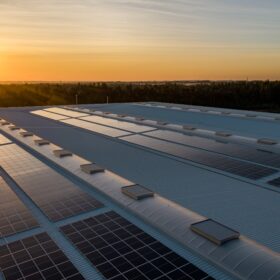

Where does the calcium chloride come from?
Hi Keith, my understanding is that the process produces calcium carbonate (CaC03), not calcium chloride (CaCl2), and it does this from a simple calcium source in the water effected by the electrolysis process. Thanks for your comment, hope this helps.
You need a source of calcium in the electrolyte for the carbonate to precipitate with. In some tests they would have added calcium chloride to provide this, but they also found that seawater is an acceptable electrolyte and there is plenty of calcium chloride in sea water.